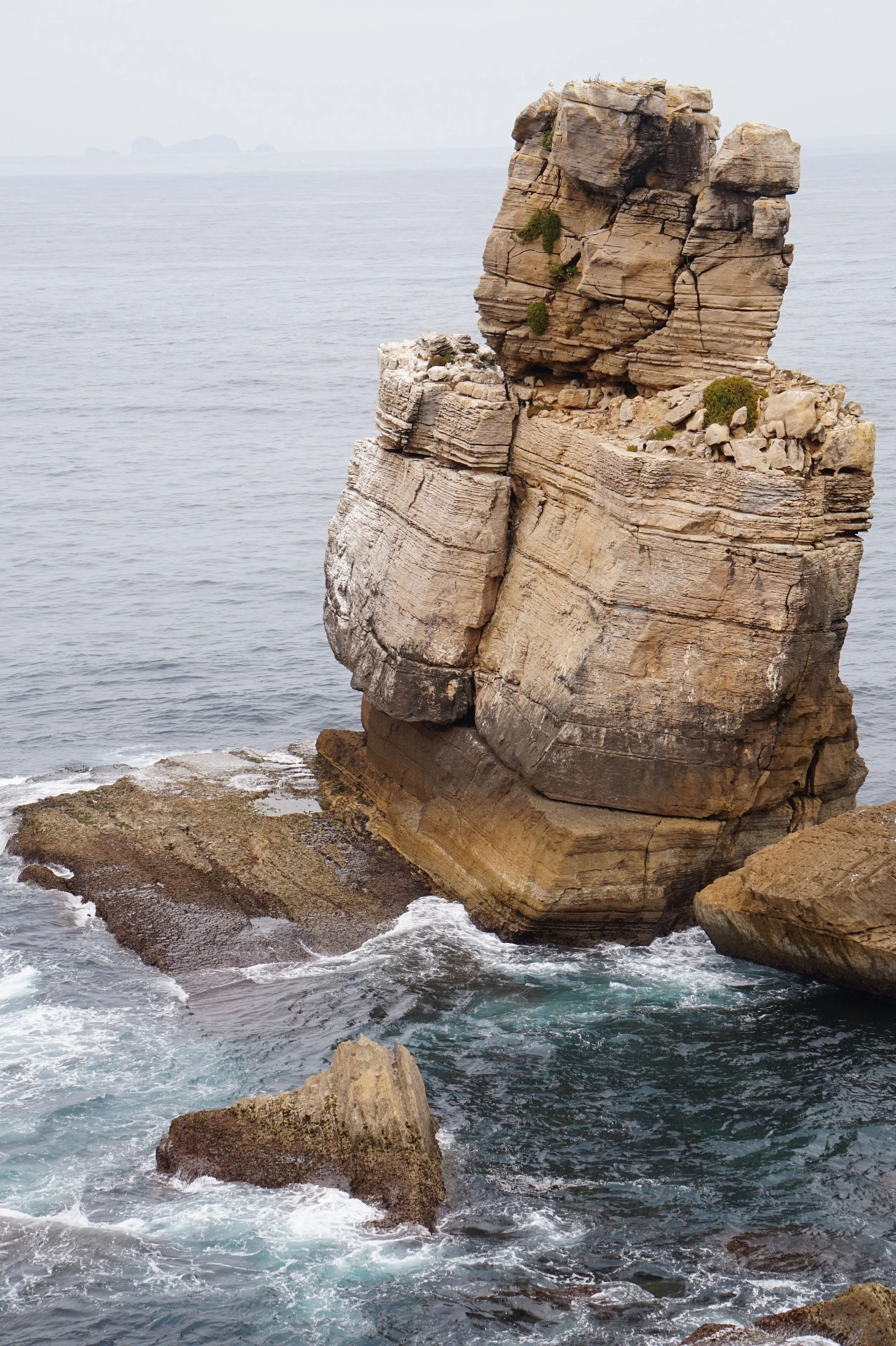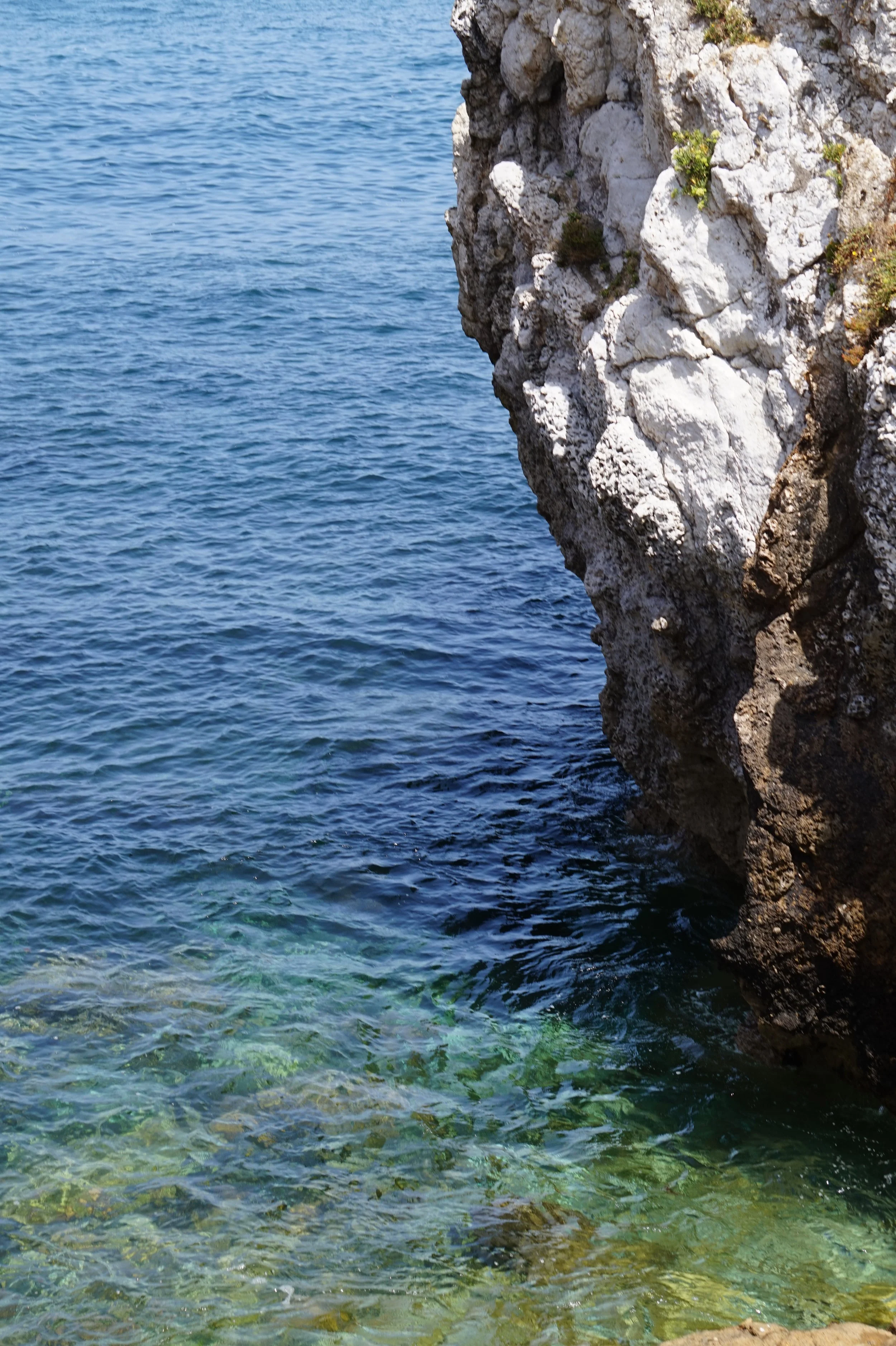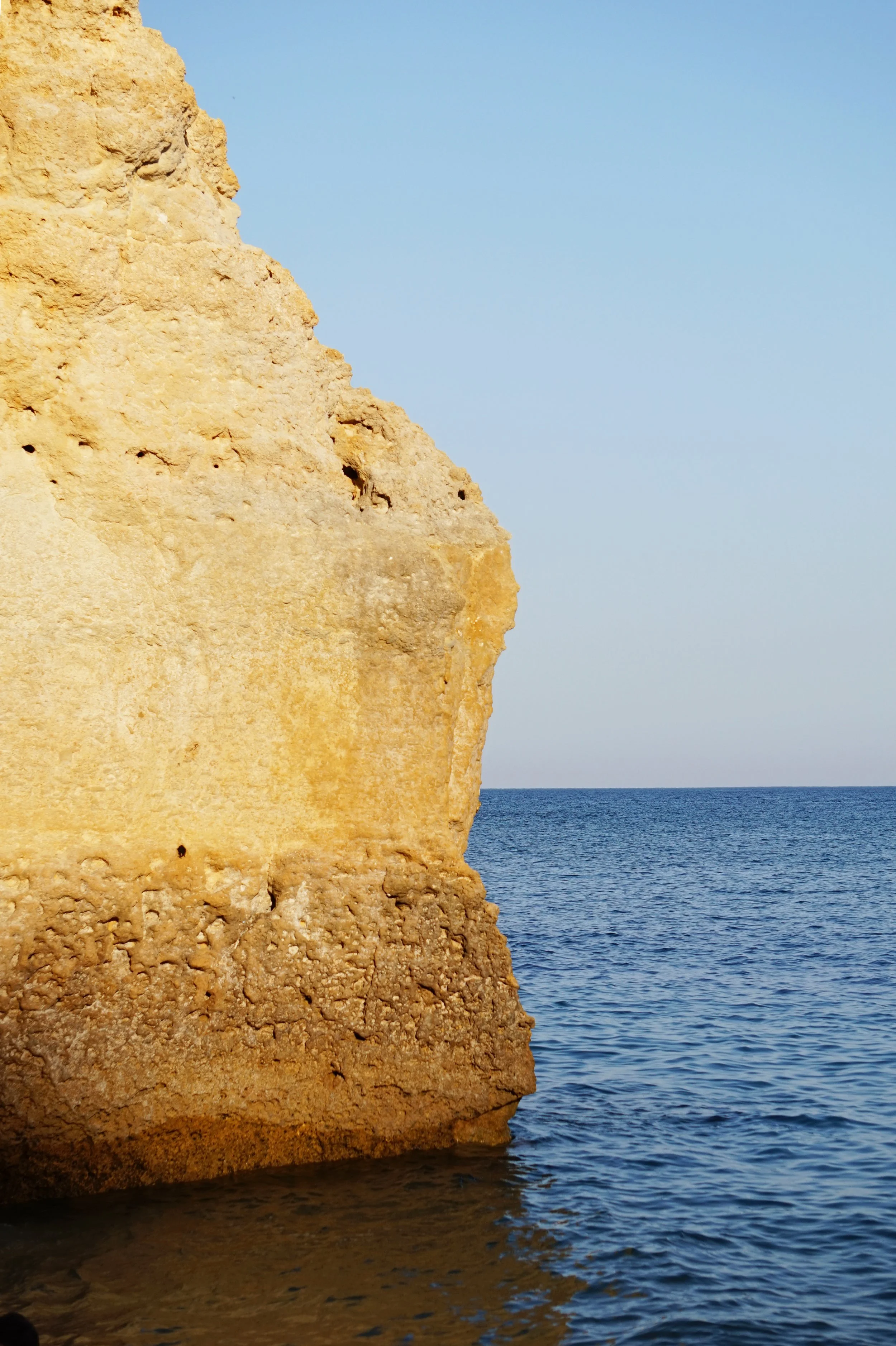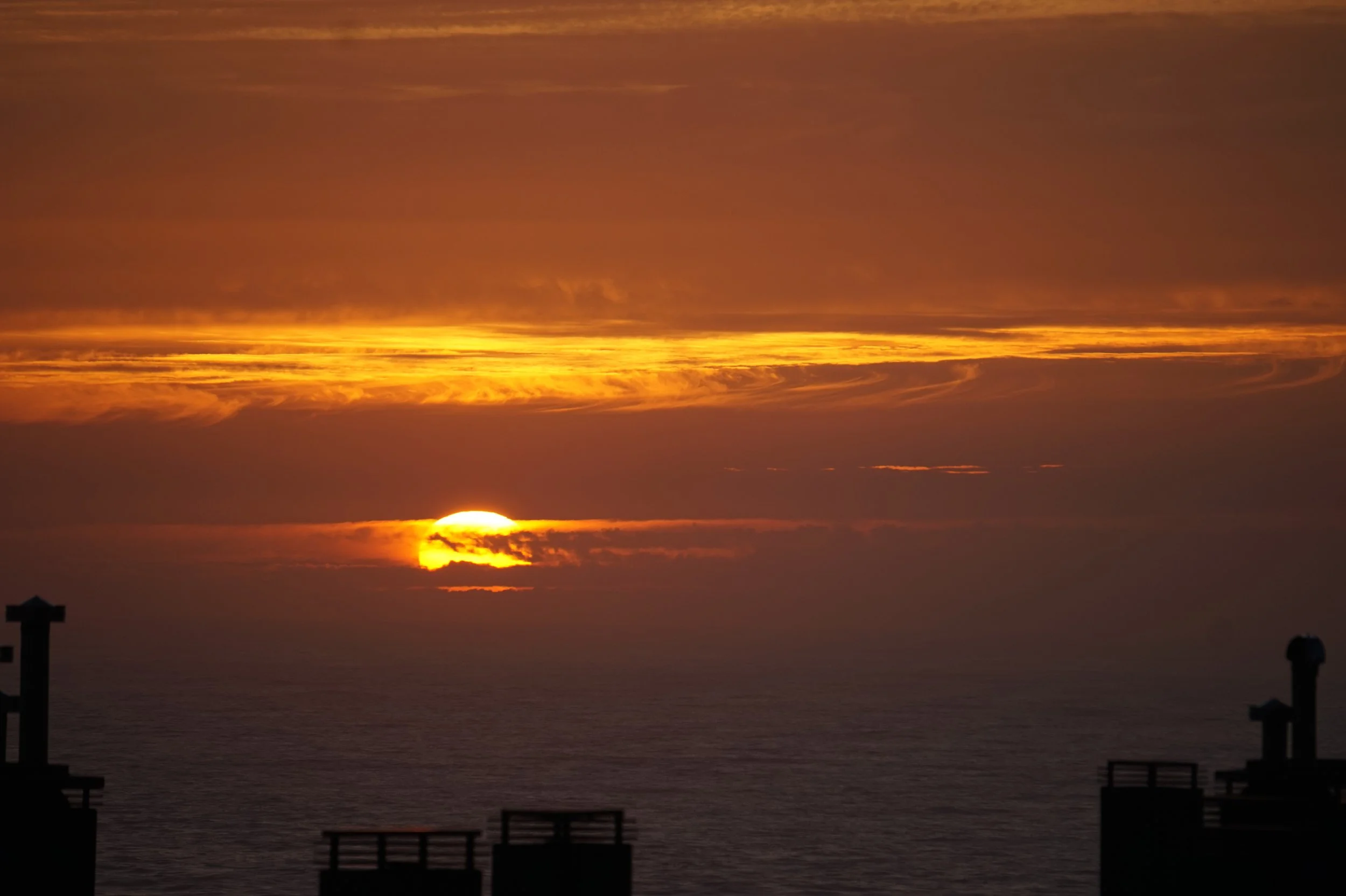A colour palette of 9 colours each chosen from the natural environment.
Each colour is inspired by our favourite countries, Australia, New Zealand and Portugal. Each colour based on a photograph from our travels as a family and inspired by the natural geology and ecosystems of those countries.

QUARTZ SAND
In an array of pure whites, beiges and creams the sand found on the coasts of passive continental margins such as Australia are astoundingly light-coloured and some of the clearest and whitest sands in the world.
With a natural ebb and flow, beaches in Queensland are mostly silica or quartz minerals and the result of historic erosion and weathering.
Minjerribah, Queensland, Australia

UMBRAGE GREEN
An archaic word of Latin descent the original meaning referred to shade or shadow, in particular the shade or shadow cast by trees or a forest.
A time when forests were plentiful enough to have a word to describe their shade and before anyone was suspicious of their mycelial network or the shade it cast.
Distrito de Coimbra, Portugal
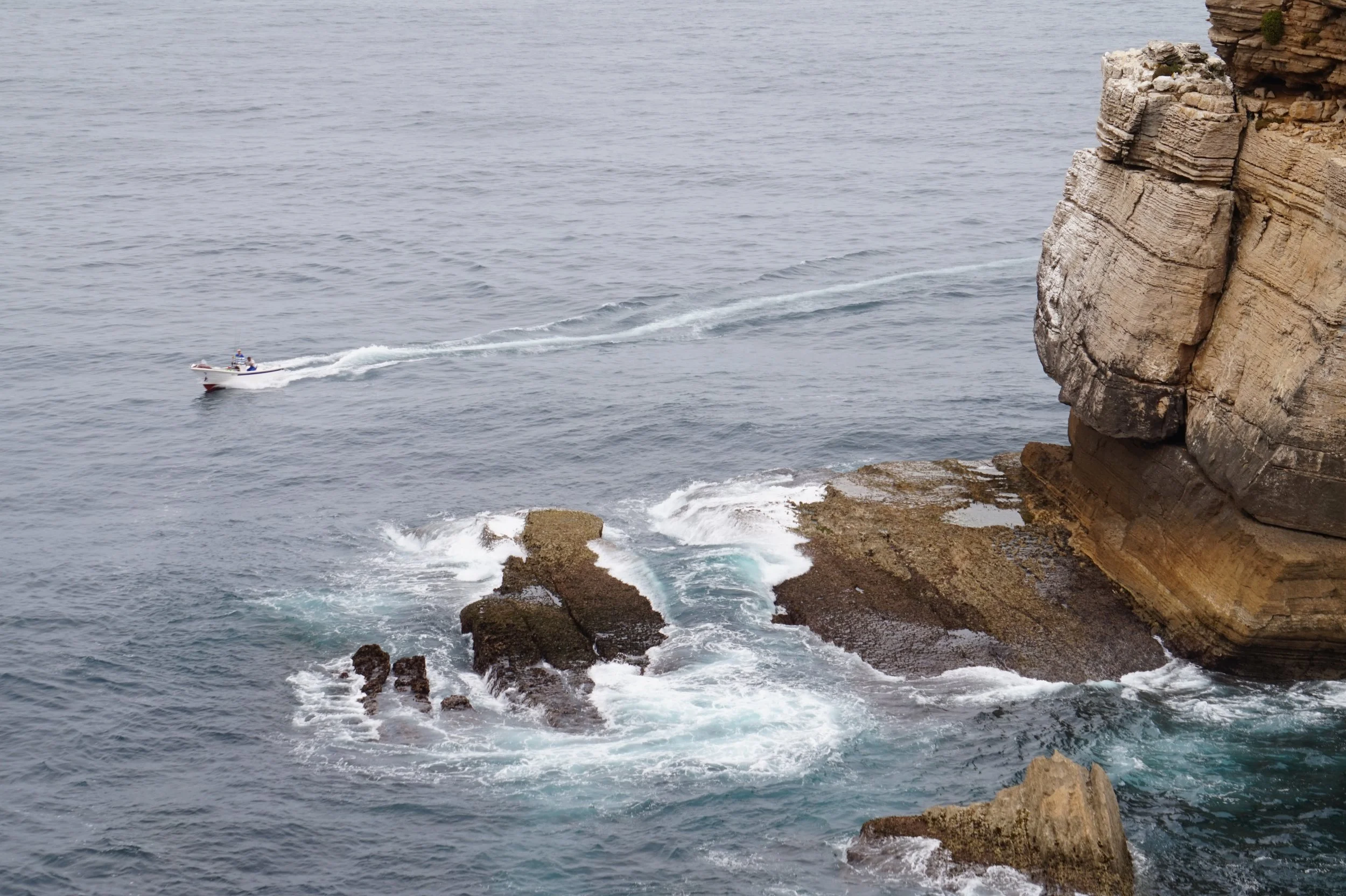
LIMESTONE GREY
The colour of history registered in the otherworldly rock formations, in particular the peninsulas and cliffs along the coastline of Peniche, Portugal.
With visible sedimentary carbonate rock stratas of the Jurassic Age these colours are a unique register to millions of years of geological history.
Peniche, Portugal

THALASSOPHILE BLUE
(Noun). Someone who loves the sea.
How do you quantify the colour of something as vast as an ocean? Always mirroring the sky, some days it glitters and sparkles whilst other days it is deeply mysterious and ominous. Our one constant is our love and the flux of these waters.
Peniche, Portugal
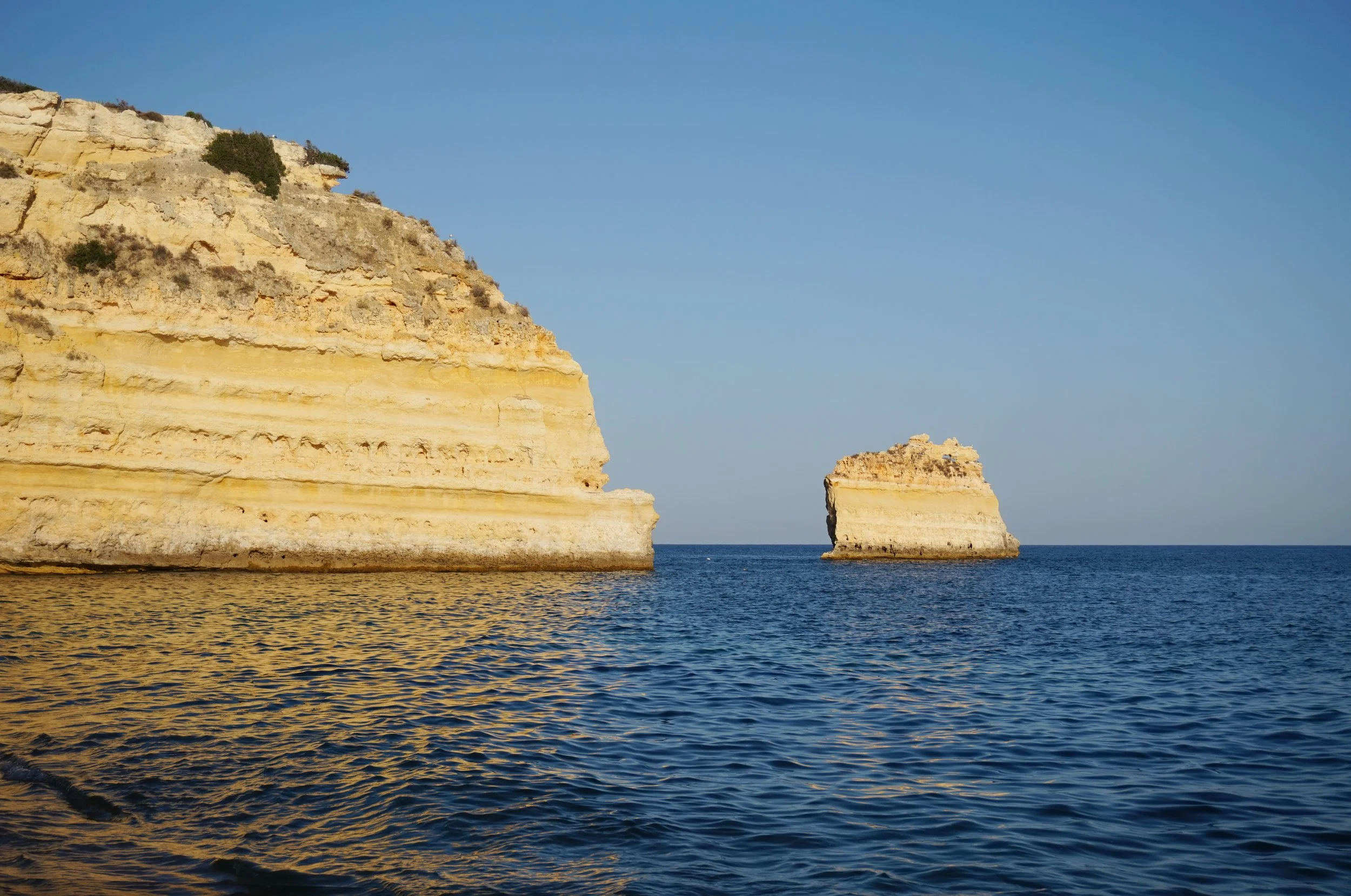
SEDIMENTARY YELLOW
Vast vertical cliffs and watery totems line the secluded coastal beaches of The Algarve, accessible only at low-tide.
Those willing to scramble through, over and under rocky walls and caves are treated with a sunset glow of yellow sandstone layered with a mega-concentration of fossils.
The Algarve, Portugal

BURNT ORANGE
The brilliant colours flashed into the picturesque clouds of the early evening sunset are due to a phenomenon called Rayleigh scattering.
At sunset, light has further to travel through the atmosphere due to the position of the sun and we see the longer wavelength yellow and red light. It is during this time that the sky takes on these vivid hues and is the perfect time to enjoy a grown-up sundowner.
Porto, Portugal

INTERTIDAL BLUE
Pools of ocean water collected in the holes and craters where land and sea meet, house a multitude of organisms living between high and low tides.
These extreme ecosystems are home to barnacles and mussels that can hold seawater in their closed shells to keep from drying out during low tide. Combined with kelp anchored into the sediment these small creatures provide big protection against erosion.
Taranaki, New Zealand

VOLCANIC GREY
The volcanic ‘ironsands’ on the beaches near Mount Taranaki are rich in titanium and iron so dark in colour that these sands change into hues of deep green in the midday sun. Iron-rich sand straight from the dormant New Zealand volcano becomes so hot in summer that it will scorch the soles of your feet.
Perfectly conical in shape, the 120,000 year old sacred mountain was granted the same legal rights as a person in 2017.
Taranaki, New Zealand
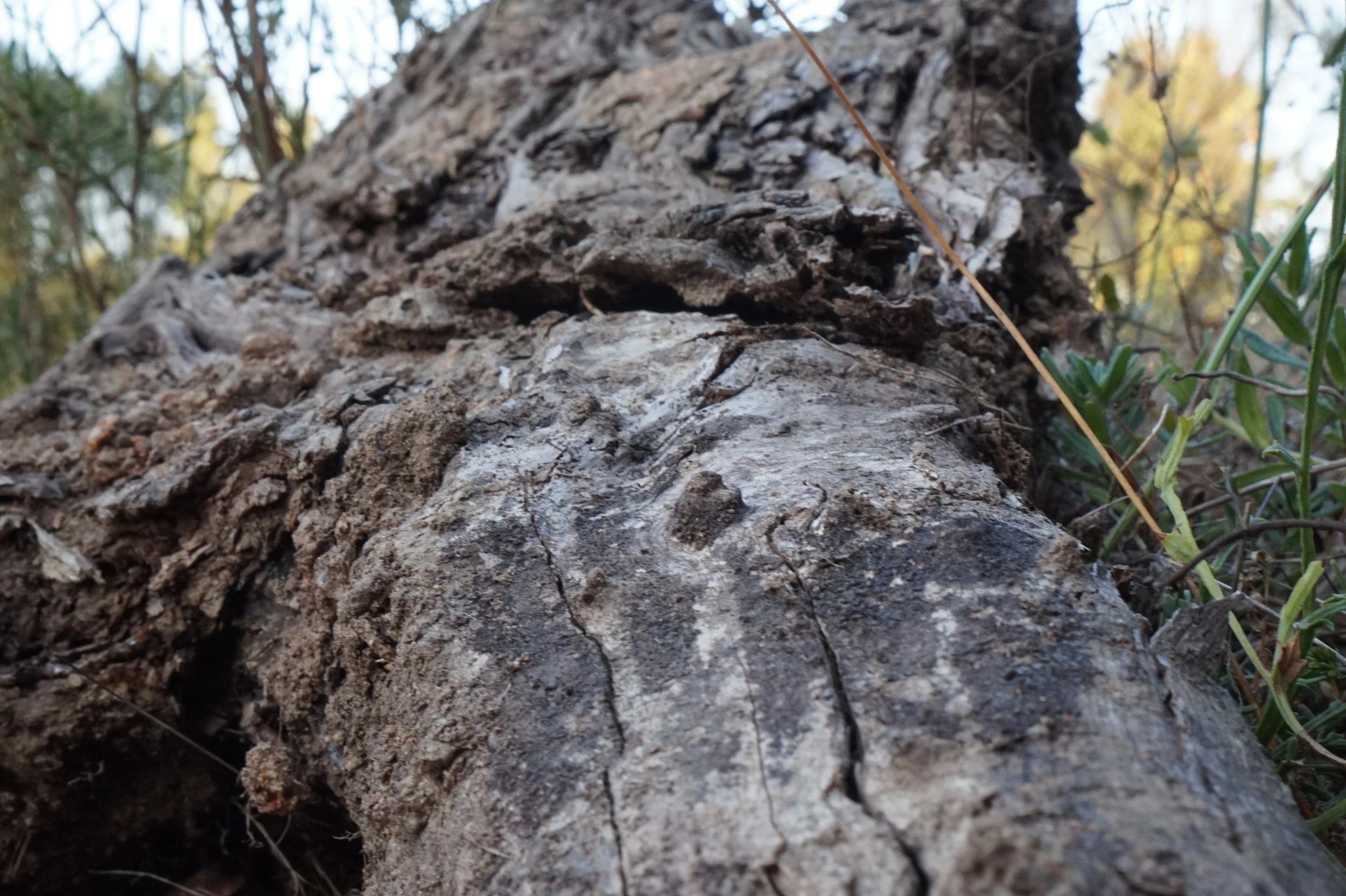
SHADOW BLACK
Fire blackened trees left searing and scolding after a ravaging fire. Crevices and holes in ancient tree trunks that hold the secrets of long ago. Burnt and smouldering charcoal embers so dark that they absorb the light after the fires have been through vast forests of eucalyptus.
Fire is an essential part of the life cycle of many plant communities, including dry and wet eucalypt forests native to Australia. Not all fire is destructive and can be a period of regeneration and growth.
Distrito de Coimbra, Portugal



